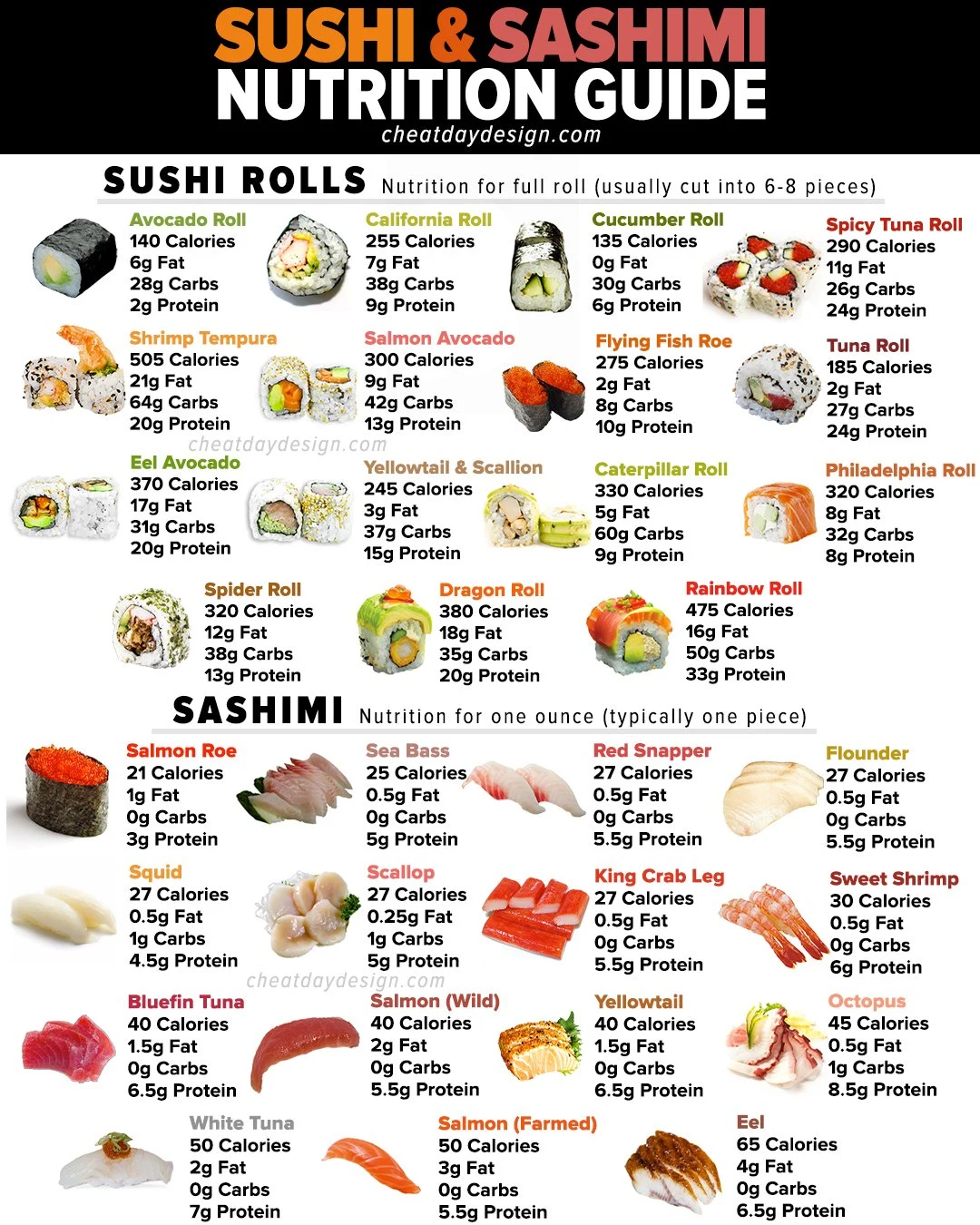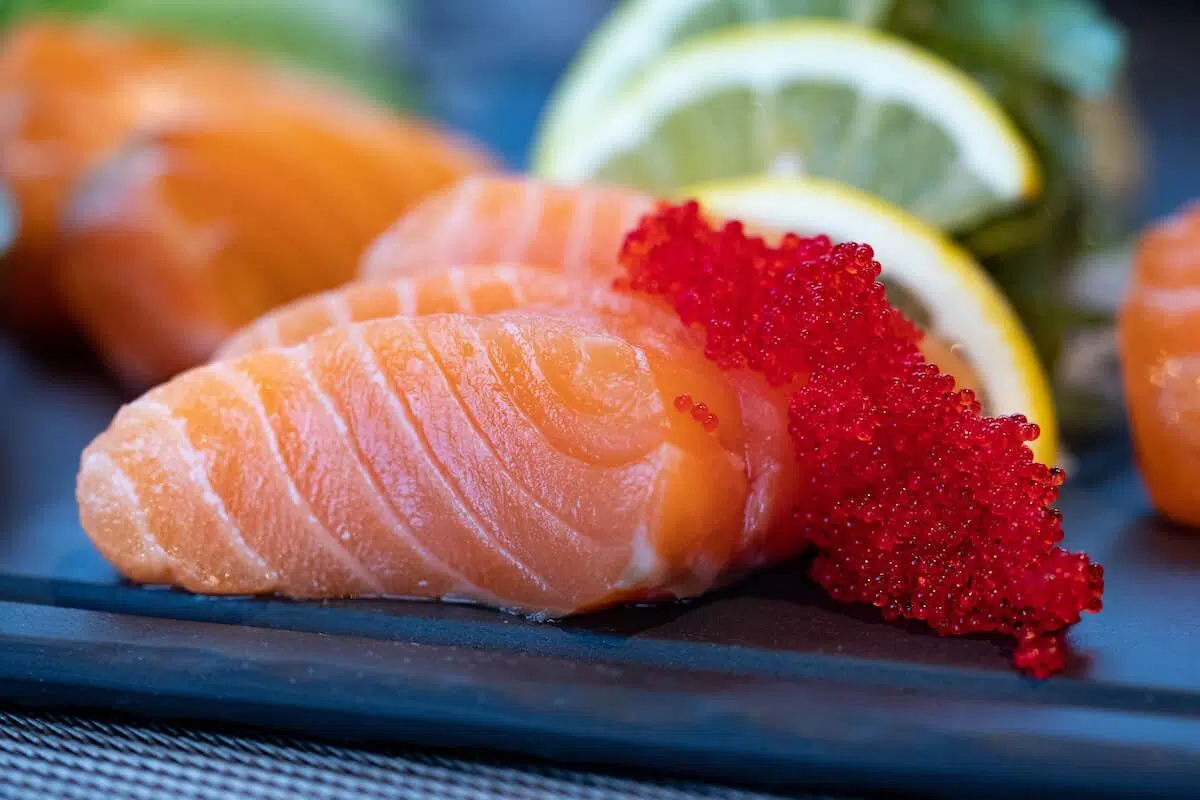Salmon sashimi, prized for its melt-in-your-mouth texture and fresh flavor, is a cornerstone of Japanese cuisine. But beyond its culinary appeal lies a treasure trove of nutrients. This article delves into the world of Salmon Sashimi Nutrition, exploring its unique composition and the potential health benefits it offers.
Key Nutrients and Health Benefits
Salmon sashimi boasts an impressive range of nutrients that contribute to overall health:
- Omega-3 Fatty Acids: Rich in EPA and DHA, these essential fats promote heart health, reduce inflammation, and support brain function.
- Protein: A complete protein source, salmon sashimi provides all nine essential amino acids your body needs for muscle repair, growth, and more.
- Vitamins and Minerals: Salmon sashimi is a good source of vitamin D, essential for bone health, as well as vitamin B12, selenium, and potassium, all contributing to immunity, energy metabolism, and healthy blood pressure.
These nutrients offer a variety of health benefits:
- Improved Heart Health: Omega-3s can lower the risk of heart disease and stroke.
- Enhanced Brain Function: These fatty acids may also support cognitive function and memory.
- Stronger Muscles: Protein is crucial for muscle building and repair.
- Boosted Immunity: Several nutrients in salmon sashimi contribute to a healthy immune system.
- Balanced Blood Pressure: Potassium helps regulate healthy blood pressure.
Choosing High-Quality Salmon Sashimi
While salmon sashimi offers many benefits, there are a few things to keep in mind:
- Mercury Levels: Like most fish, salmon can contain trace amounts of mercury. This is especially important for pregnant women and young children. Opt for smaller portions and choose high-quality sources.
- Freshness is Key: Freshness is crucial for raw fish consumption. Look for bright, firm flesh with no fishy odor. Purchase salmon sashimi from reputable sources known for their high-quality seafood.
Enjoying Salmon Sashimi in Your Diet
Salmon sashimi is a versatile ingredient that can be enjoyed in various ways:
- Light and Refreshing Salad: Serve it over a bed of mixed greens for a protein-packed salad.
- Classic Sushi Rolls: Combine it with avocado, cucumber, and rice for a traditional sushi roll.
- Well-Rounded Meal: Pair it with steamed or stir-fried vegetables for a balanced and delicious dish.
- Sashimi Bowl: Add it to a bowl of sushi rice with seaweed, pickled ginger, and sesame seeds.
- Simple Appetizer: Enjoy it on its own for a healthy and flavorful appetizer.
Salmon Sashimi Compared to Other Options
Compared to other sushi choices, salmon sashimi offers some nutritional advantages:
- Lower Calories and Fat: Compared to rolls with added ingredients like rice and mayonnaise, salmon sashimi is typically lower in calories and fat.
- Higher Protein: It boasts a higher protein content than some other sashimi options like tuna.
The Final Bite
Salmon sashimi is a delicious and nutritious addition to your diet. It’s packed with essential nutrients, offers a variety of health benefits, and can be enjoyed in various ways. Remember to choose high-quality, fresh salmon and consume it in moderation. With a little planning, you can incorporate this tasty treat into your healthy meals.
References:
- https://www.fatsecret.com/calories-nutrition/generic/sashimi-salmon
- https://fdc.nal.usda.gov/fdc-app.html#/food-details/1098960/nutrients
FAQ About Salmon Sashimi Nutrition: Evaluating Sashimi’s Nutritional Value
Q: What is the nutritional value of salmon sashimi?
A: Salmon sashimi is a rich source of good protein, omega-3 fats, vitamins, and minerals. It is also low in calories and carbohydrates, making it a healthy option.
Q: Is salmon sashimi high in omega-3 fatty acids?
A: Salmon sashimi is known for its high omega-3 fatty acid content. Omega-3 fatty acids are good for heart health, brain function, and reducing inflammation.
Q: How many calories are typically in a serving of salmon sashimi?
A: A typical serving is usually around 3 ounces. It has about 130-150 calories, depending on how it’s prepared and the size.
Q: Is salmon sashimi a good source of protein?
A: Yes, salmon sashimi is a great source of protein. It contains about 20-25 grams of protein per serving. This amount is vital for muscle growth and repair.
Q: How does salmon sashimi compare to other types of sashimi in terms of nutritional value?
A: Salmon sashimi is one of the healthiest sashimi choices. This is due to its high omega-3 content, protein, and overall nutrition.
Q: Are there health risks from eating raw salmon in sashimi?
A: Eating raw fish, like salmon sashimi, may risk foodborne illness. To reduce these risks, buy fresh, high-quality fish from good sellers. Also, store and handle it properly.
Q: Can you include salmon sashimi in a balanced diet?
A: Yes, salmon sashimi can be part of a balanced diet. It would be best if you ate it in moderation, eating it with other nutrient-rich foods to get your nutrients.

Welcome to Braddock Bay Tavern & Grill, where history, delicious cuisine, and stunning views come together to create an unforgettable experience. Our restaurant, situated on the picturesque edge of Lake Ontario, has a rich history that adds a unique charm to your dining experience. The roots of our establishment can be traced back to 1865, when it was first constructed as an icehouse. Over the years, it transformed into the historic Braddock Bay Hotel, becoming a beloved local landmark. Today, we take pride in preserving the building’s historical beauty, ensuring that every visit to our restaurant is a journey through time.

